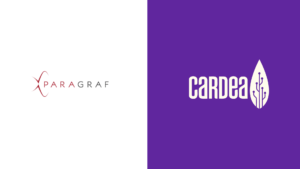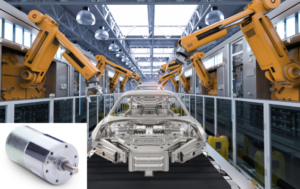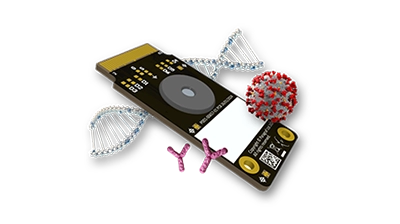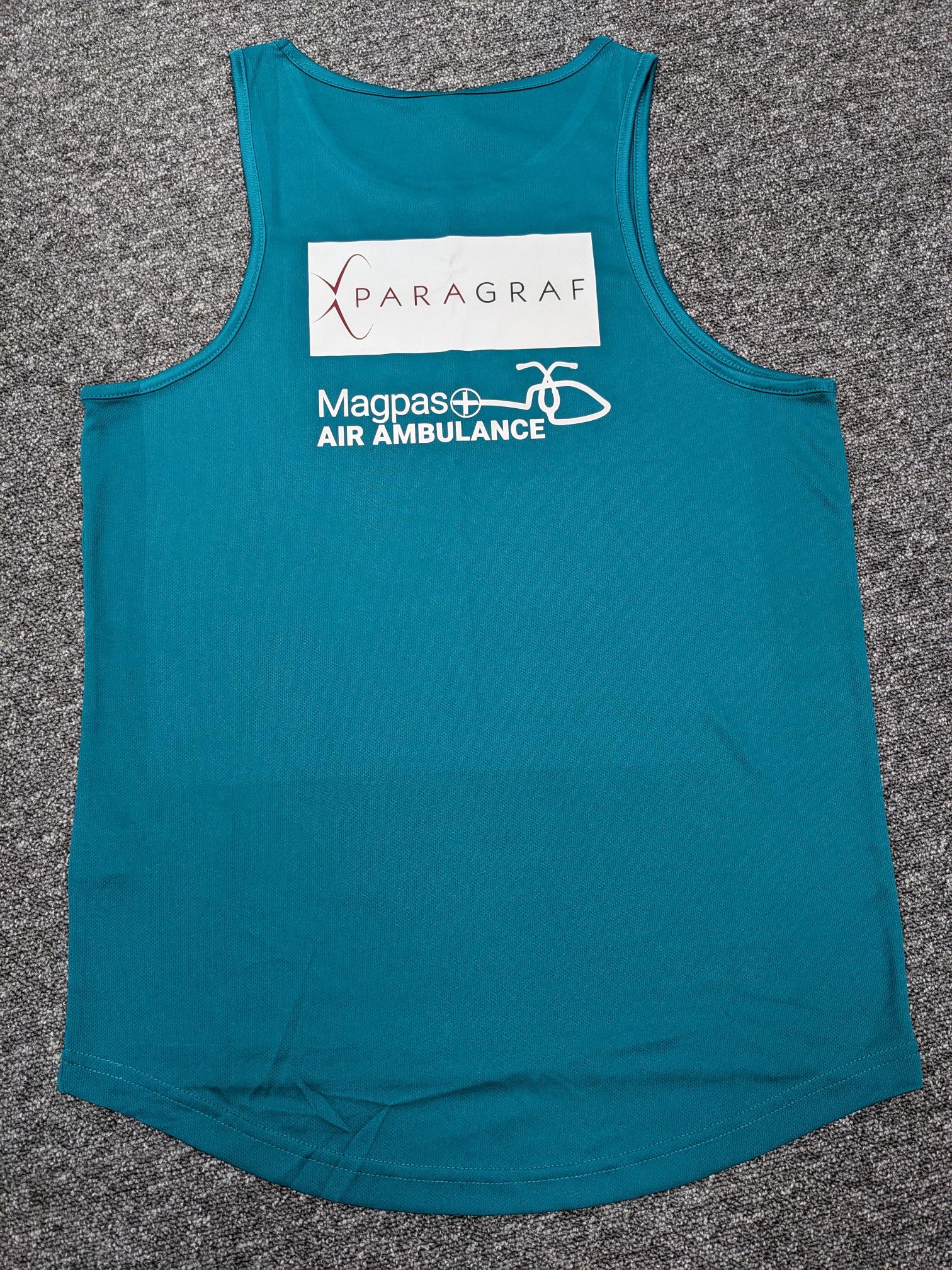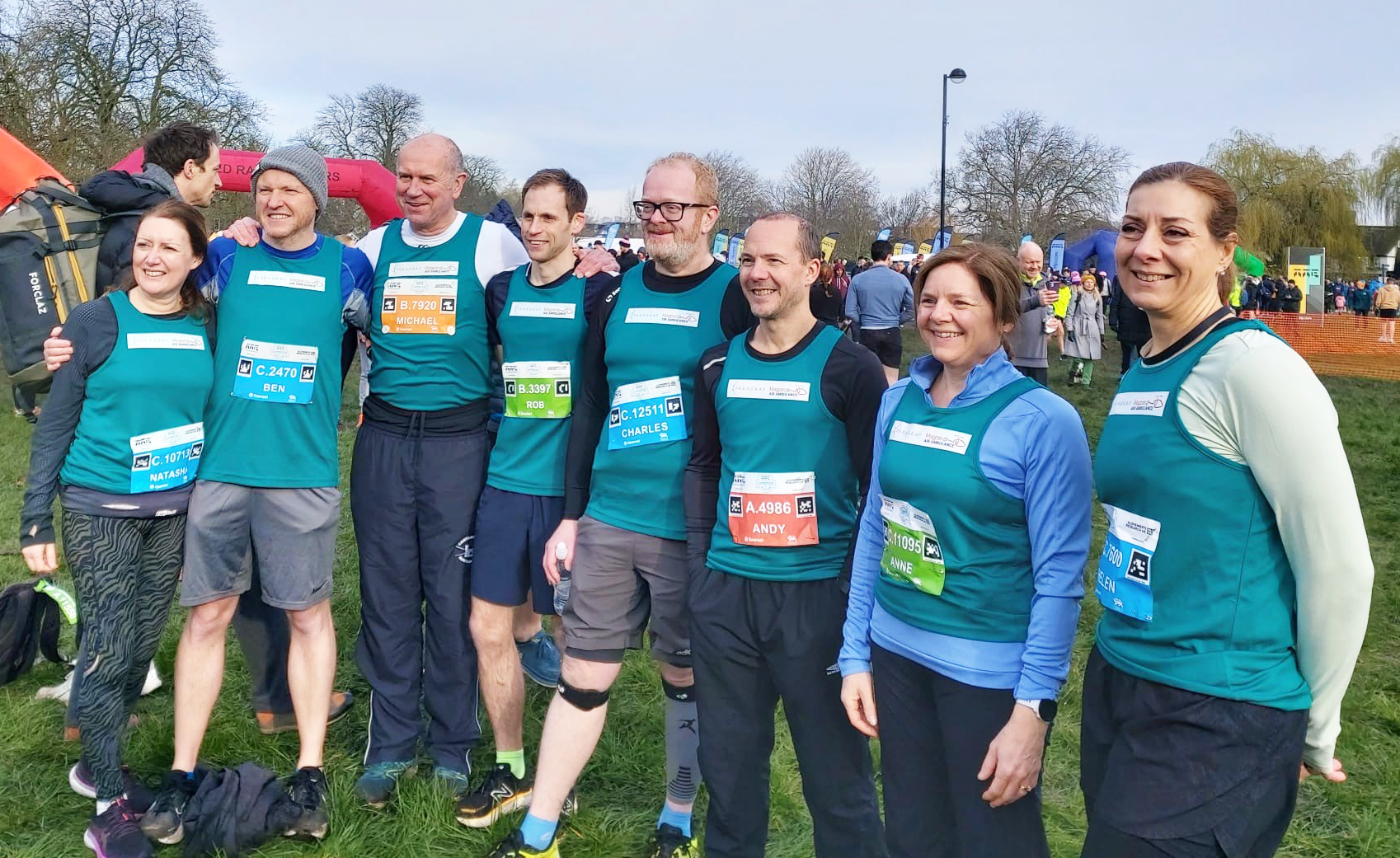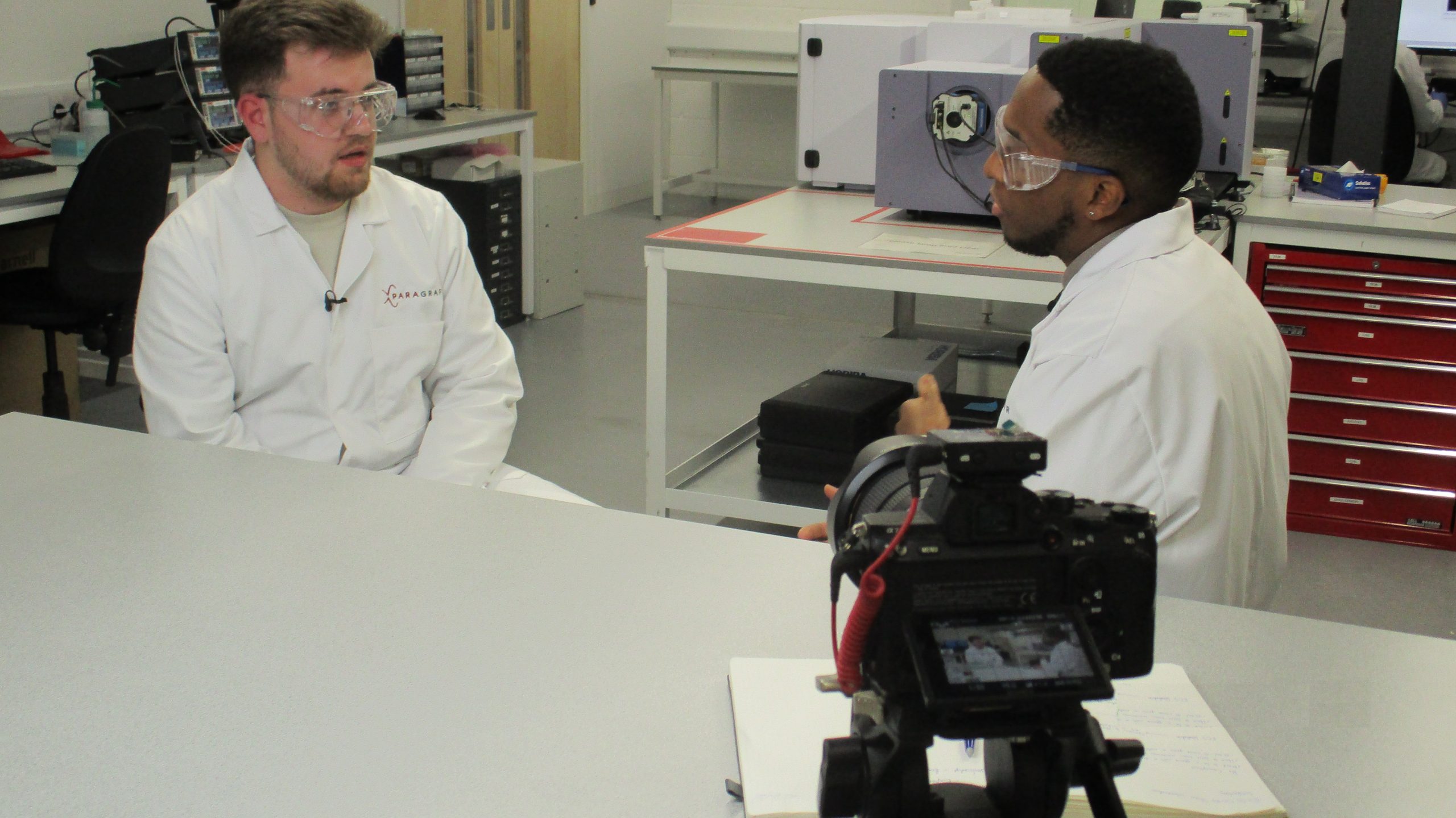
The ubiquity of precise electronic sensors has delivered major benefits and improvements to our standards of living, across domains such as communications, transportation, computing, manufacturing and more[1]. Hundreds of billions of sensors are embedded around us and impact our daily lives often without us even realizing[2].
However, the same success has been stifled so far in the biosensor domain. This is mostly due to factors such as cost, complexity and technical limitations. Unlocking the potential of biosensors will pave the way to improving human, animal and environmental health.
The COVID-19 pandemic has shown how tiny changes in microscale biological processes (e.g., a single mutation in a viral genome) can trigger macroscale destabilisations of human, animal, plant or even ecosystem health. Responding effectively to these phenomena requires the ability to detect and track them at high resolution and in real-time. It also necessitates distributing biosensing capabilities throughout the world, enabling a density and frequency of sampling that minimises ‘blind spots’ and allows us to detect rare, but potentially impactful, events. In short, biosensing solutions must be low-cost and robust in order to be truly effective.
Existing biosensing technologies (such as PCR or immunoassays) prioritize either the highest-possible resolution – often delivered in costly, complex and highly controlled laboratory environments – or low-cost, simple, quick snapshot-in-time measurements ‘in field’ or at the ‘point of care’. Optimising for one parameter – precision or snapshot information – typically involves sacrificing the other. Blood glucose sensing is one of the most well-known exceptions to this dichotomy, and it highlights just how impactful the delivery of precise bioelectronic measurement in real time can be. People with diabetes can now achieve much-improved levels of control over their disease thanks to continuous blood glucose monitoring. Expanding this success to the full array of biosensing applications is among the key challenges of the coming decades.
Paragraf aims to meet that challenge by developing a biosensing technology platform that delivers high-resolution measurements to enable precision medicine, precision agriculture and better protection and control of our environment, in real time. In order to deliver on that promise, we recognize that these solutions must be affordable, easy to use and available to everyone who needs them.
The recent acquisition of the graphene biosensor market pioneer Cardea Bio will enable Paragraf to accelerate the mass production of a new generation of devices that will deliver real-time analysis in point-of-need tests in the agri-tech, healthcare and environmental monitoring spaces.
We won’t be travelling this road alone. We are committed to partner with leading companies around the world – leveraging our unique capabilities to mass produce graphene electronics and seeking their expertise in developing bioassay technologies – to enable scalable deployment of biosensing solutions that have will significantly improve the quality of our health, and that of our planet.

